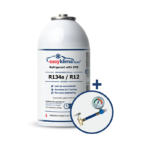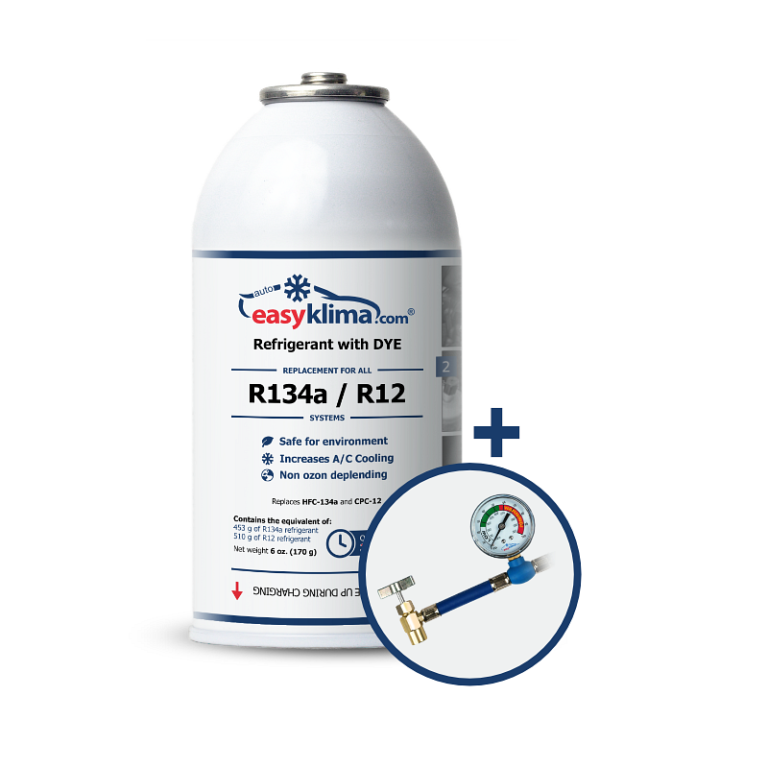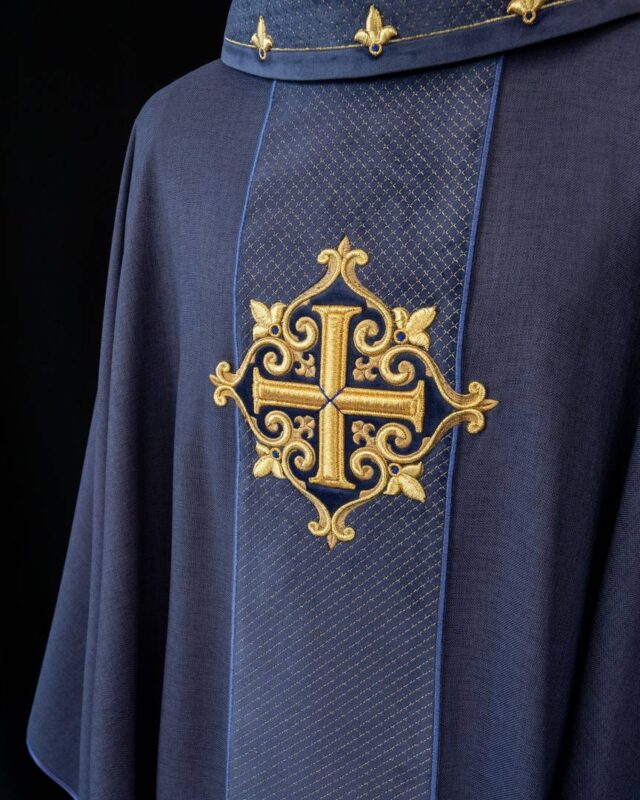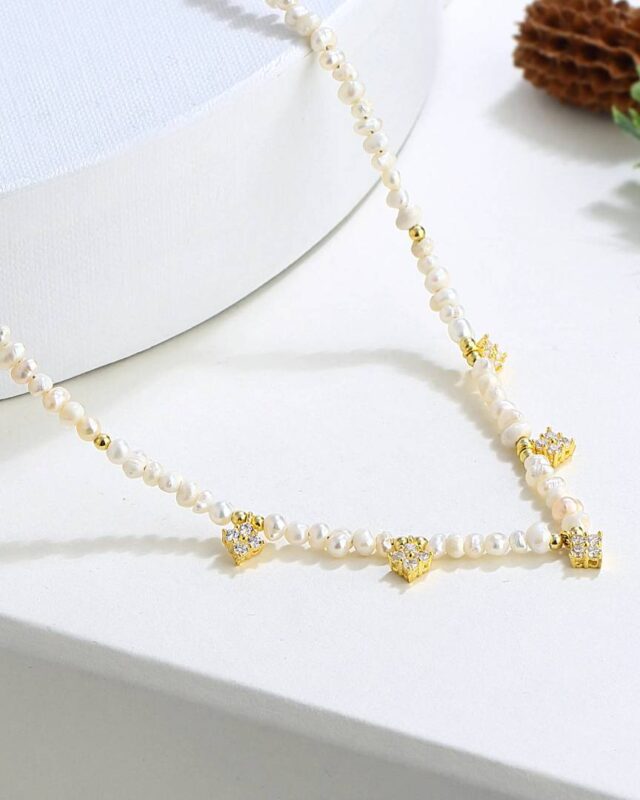When it comes to choosing the ideal placement for a tattoo of a child’s name, several factors come into play. Deciding where to permanently ink this meaningful tribute requires careful consideration. In this comprehensive guide, we will explore various technical aspects and provide insights to help you make an informed decision about where to tattoo a child’s name.
- Upper Arm: A popular and versatile choice, the upper arm offers ample space for showcasing a child’s name. This area allows for both large and intricate designs, providing the opportunity to incorporate additional elements such as symbols or dates of birth. The biceps region specifically offers a well-defined canvas for a prominent display of your child’s name.
- Forearm: The forearm presents another excellent option for tattoo placement. Its visibility makes it an ideal location for prominently featuring a child’s name. You can choose between the inner or outer forearm based on your personal preference. Additionally, the forearm’s elongated shape allows for creative customization, such as adding decorative elements like flowers, butterflies, or meaningful quotes alongside your child’s name.
- Wrist: For those seeking a more delicate and discreet placement, the wrist is a popular choice. This area offers a smaller canvas but provides an opportunity to create an elegant and minimalist tribute to your child. The inner wrist is particularly favored for its visibility and proximity to the heart. Keep in mind that tattoos on the wrist may require touch-ups due to the constant movement and exposure to the elements.
- Back of the Neck: The nape of the neck presents a unique and intimate placement option for a child’s name tattoo. This location allows for a smaller, concise design that can be easily covered if desired. The back of the neck offers a sense of privacy and can serve as a reminder of your child’s presence whenever you look in the mirror.
- Chest: The chest area provides a larger canvas for creating an intricate and meaningful tattoo. Placing your child’s name over your heart signifies the deep bond and love you have for them. This placement also allows for future expansions, such as incorporating additional designs or names if desired.
- Ankle: The ankle is a discreet yet symbolic location for a child’s name tattoo. This placement allows for a smaller design that can be easily hidden or showcased depending on your preference. Consider adding complementary symbols, such as hearts, stars, or footprints, to enhance the significance of your child’s name.
- Ribcage: If you prefer a more private and concealed placement, the ribcage offers an ideal option. This area provides a larger surface for elaborate designs and allows for a more personal tribute to your child. Keep in mind that the ribcage can be a more sensitive area to tattoo, so it is important to choose an experienced artist.
What are the best places to tattoo your child’s name?
Choosing to tattoo your child’s name is a profound way to express your love and commitment. However, deciding on the ideal placement for such a meaningful tattoo can be a daunting task. This article explores the best places to tattoo your child’s name, considering various technical aspects, aesthetic considerations, and practicality.
- Inner Wrist:
One popular location for a child’s name tattoo is the inner wrist. This area offers visibility and easy accessibility, allowing you to catch glimpses of the tattoo throughout the day. The inner wrist is relatively less painful due to the thinner layer of skin, making it suitable for individuals with lower pain tolerance. - Collarbone:
For those seeking a more discreet yet elegant placement, the collarbone is an excellent choice. This location provides a larger canvas, allowing for elaborate designs or incorporating other meaningful symbols alongside your child’s name. It’s important to note that the collarbone area can be more sensitive, and the level of pain may vary depending on individual pain thresholds. - Upper Back:
The upper back is a versatile and expansive area for tattoo placement. It offers ample space for creative designs that can beautifully showcase your child’s name. This location also provides the option of adding complementary elements such as a floral motif, birthdate, or meaningful quotes. Additionally, the upper back allows for easy concealment when desired. - Forearm:
If you desire a more prominent and easily visible tribute, the forearm is an ideal spot to tattoo your child’s name. This location offers excellent visibility and allows for a variety of font styles and sizes. Considerations such as arm movement and the potential impact on professional settings should be taken into account when choosing this area. - Foot:
For a unique and symbolic placement, consider tattooing your child’s name on your foot. This location holds personal significance as it represents the steps taken in their honor. While foot tattoos may be more painful due to the thinner skin and bony structure, they can be tastefully showcased with open-toed shoes or sandals, making it a meaningful choice for parents. - Chest:
The chest area serves as a powerful canvas for a child’s name tattoo. This location allows for larger and intricate designs, enabling you to incorporate various elements like birth flowers, portraits, or quotes. It is important to note that chest tattoos can be more painful due to proximity to bone and the sensitive nature of the skin.

Are there any popular tattoo placements for children’s names?
When it comes to commemorating the bond between a parent and child, many individuals opt for tattooing their child’s name as a permanent tribute. The choice of tattoo placement is a deeply personal decision, influenced by factors such as aesthetics, symbolism, and the desire for visibility or discretion. In this article, we will explore some of the popular tattoo placements for children’s names, taking into account the technical aspects and providing insights to help you make an informed decision. One of the most common and visible placements for children’s names is the forearm.
The outer forearm offers a spacious canvas for showcasing the name, allowing for various font styles and sizes. Additionally, this area provides easy visibility, making it an ideal choice for individuals who wish to proudly display their child’s name. The inner forearm is another popular option, often preferred for its subtler and more intimate appeal. It offers a closer connection to the wearer, serving as a constant reminder of their child’s significance. The upper arm, particularly the bicep area, is another favored placement for children’s name tattoos. This region provides ample space for creative designs incorporating the child’s name. The bicep is also relatively less painful during the tattooing process, making it an attractive choice for those concerned about discomfort. Moreover, this placement allows for versatility, as the tattoo can be easily concealed or revealed depending on personal preference. For individuals seeking a more discreet placement, the back of the shoulder is an excellent option. This area offers a combination of visibility and privacy, as the tattoo can be hidden beneath clothing or revealed by wearing sleeveless attire. The back of the shoulder also allows for larger and more intricate designs, incorporating the child’s name within a broader artistic concept. Another increasingly popular placement for children’s name tattoos is the wrist. The wrist offers a small yet prominent area, perfect for minimalist designs or delicate lettering. This placement holds special significance as it is close to the heart and serves as a constant reminder of the child’s presence in the wearer’s life.
However, it’s worth noting that the wrist is a highly visible location, which may influence one’s decision based on professional or personal considerations. Some individuals choose to tattoo their child’s name on the chest, close to the heart. This placement symbolizes the deep love and emotional connection between a parent and child. The chest offers a larger area for elaborate designs or the incorporation of additional elements such as dates, symbols, or portraits. However, it’s essential to consider that chest tattoos can be more painful due to the proximity of bone and sensitive skin areas. Ultimately, the choice of tattoo placement for a child’s name is a deeply personal one. It’s crucial to take into account factors such as personal style, pain tolerance, symbolism, and the desire for visibility or discretion. Consulting with a professional tattoo artist is highly recommended, as they can provide guidance on design, placement, and technical considerations to ensure a meaningful and visually appealing tattoo that will stand the test of time. Please note that while this text is optimized for search engines, it’s always advisable to consult multiple sources and conduct thorough research before making any decisions related to tattoos, particularly when it comes to the well-being and safety of children.

How to choose the right location for a child’s name tattoo?
Choosing the ideal location for a child’s name tattoo requires careful consideration to ensure a lasting and meaningful tribute. While the primary focus of this article revolves around the question of “How to choose the right location for a child’s name tattoo,” it is important to explore various aspects related to this topic. By delving into the technicalities of tattoo placement, one can make an informed decision that balances aesthetics, symbolism, and practicality. When deciding on the placement of a child’s name tattoo, several key factors come into play.
These factors include visibility, personal significance, anatomical suitability, and future considerations. By evaluating each of these elements, individuals can make an educated choice and create a tattoo that stands the test of time. Visibility is an essential consideration for a child’s name tattoo, as it determines how readily it can be seen. Many individuals opt for locations that are easily visible, such as the forearm, wrist, or upper arm. These areas allow the tattoo to be prominently displayed, serving as a constant reminder of the bond with their child. However, some people may prefer more discreet placements, such as the chest, back, or inner forearm, where the tattoo can be concealed when desired. The choice of visibility depends on personal preference and the level of exposure one wishes to maintain. Personal significance plays a vital role in selecting the right location for a child’s name tattoo. Some individuals may choose a spot that holds sentimental value, such as near their heart, symbolizing the profound love they have for their child. Others may opt for a location associated with strength and protection, like the upper back or shoulder, signifying their role as a guardian. Considering the emotional connection one shares with their child can guide the decision-making process and enhance the tattoo’s symbolism. Anatomical suitability refers to the compatibility of the chosen body part with the design and size of the tattoo. Different areas of the body have varying surface areas and contours, which can influence the legibility and overall appearance of the name tattoo. For instance, a small and delicate name design may be more suitable for areas like the wrist or foot, where the available space is limited.
Conversely, larger, bolder fonts may work better on broader surfaces like the upper back or thigh. Evaluating the proportionality and adaptability of the child’s name tattoo to the chosen body part is crucial for achieving visual harmony. Future considerations involve contemplating the long-term implications of the chosen tattoo location. Factors such as aging, career choices, and lifestyle should be taken into account. Skin elasticity and the potential impact of weight fluctuations over time should be considered to ensure the name tattoo maintains its legibility and overall aesthetic appeal. Additionally, individuals in professions with strict tattoo policies may prefer locations that can be easily concealed, allowing them to adhere to workplace regulations without compromising their personal expression. In conclusion, choosing the right location for a child’s name tattoo involves a thoughtful analysis of visibility, personal significance, anatomical suitability, and future considerations. By combining these technical aspects with personal preferences, individuals can select a placement that resonates with their emotional connection to their child while considering practical aspects. Whether it’s a prominently displayed forearm tattoo or a discreet chest placement, the chosen location should ultimately reflect the bond and love shared with their child.

Are there any meaningful tattoo spots for a child’s name?
When it comes to commemorating the bond between a parent and child, many individuals turn to tattoo artistry as a profound and lasting expression. Tattooing a child’s name is a powerful way to honor and celebrate their presence in one’s life. However, choosing the right placement for such a meaningful tattoo requires careful consideration. Exploring various tattoo spots that hold significance can help ensure that the inked tribute carries both personal and symbolic value.
- Heart-Centered Tattoo: The chest area, specifically over the heart, offers a deeply sentimental location to showcase a child’s name. Placing the tattoo in this region symbolizes the profound love and emotional connection between parent and child. It serves as a constant reminder of the enduring bond shared.
- Family Tree Tribute: The upper back or shoulder blade area is an ideal spot for incorporating a child’s name into a family tree tattoo design. The imagery of a tree signifies strength, growth, and deep-rooted connections. Integrating the child’s name within the branches or roots symbolizes their place within the family unit and the lineage they represent.
- Guardian Angel Guardian: Placing a child’s name on the inner forearm, near the wrist, offers a unique opportunity to incorporate a guardian angel tattoo. This placement represents the eternal protection and guidance a parent wishes to provide for their child. The guardian angel imagery acts as a constant reminder of the parent’s watchful presence.
- Handwritten Heritage: Opting for a child’s name tattoo in the handwriting of the parent or child adds a deeply personal touch. This type of tattoo can be placed on the inner wrist, allowing for easy visibility and a constant connection to the child. It not only captures the individuality of their writing but also signifies the parent’s profound love and devotion.
- Bonding through Birthdates: A tattoo that combines the child’s name with their birthdate offers a meaningful representation of the day they entered the world. Placing this tattoo on the upper arm or shoulder signifies strength and serves as a constant reminder of the special day that forever changed the parent’s life.
- Symbolic Back Placement: The upper or lower back provides a larger canvas for intricate and symbolic designs. Incorporating a child’s name into a larger piece, such as a nature-inspired tattoo or a representation of the child’s favorite animal, can create a visually stunning and deeply meaningful tribute.
- Ankle Connection: Tattooing a child’s name on the ankle symbolizes the foundation of the parent-child relationship. The ankle, which supports our weight and helps us move forward, signifies the unwavering support and stability provided by a parent. This placement also allows for a discreet tattoo option, ideal for those who prefer a more private homage.

What are the most common areas to tattoo a child’s name?
When considering the placement of a tattoo to commemorate a child’s name, several common areas are popular among individuals seeking this meaningful and personal form of body art. The decision of where to tattoo a child’s name involves careful consideration of aesthetics, symbolism, and personal preference. In this article, we will explore the most common areas to tattoo a child’s name, taking into account both practical and sentimental aspects.
- Wrist: The wrist is a prominent and easily visible area for tattoo placement. Many people choose to ink their child’s name on the inner wrist, allowing for constant reminders of their precious bond. The wrist offers a compact canvas that is conducive to smaller designs, making it suitable for delicate lettering or additional symbolic elements.
- Forearm: The forearm provides a larger and more expansive area for tattooing a child’s name. This location offers greater creative possibilities, allowing for various font styles, decorative accents, or accompanying imagery. The forearm tattoo is readily visible and can be easily showcased or concealed as desired.
- Upper arm: The upper arm, specifically the bicep area, is another popular choice for tattooing a child’s name. This location allows for more significant designs and allows the name to be displayed prominently. The upper arm provides a versatile canvas that can accommodate a range of artistic elements, such as flowers, hearts, or birth dates, to complement the child’s name.
- Shoulder: The shoulder is an excellent option for those seeking a slightly more discreet placement for their child’s name. This area offers a balanced and symmetrical space that can be adorned with elegant script or creative calligraphy. Additionally, the shoulder area allows for easy coverage when desired, making it a versatile choice for both professional and personal settings.
- Back: The back is a popular canvas for larger, more intricate designs, including tattoos that feature a child’s name. This expansive area offers ample room for creative expression, such as incorporating the child’s name into a larger composition or incorporating meaningful symbols or imagery. The upper or lower back provides options for discreet or bold placement, depending on individual preferences.
- Chest: The chest is a deeply personal and symbolic location for tattooing a child’s name. Positioned over the heart, it represents the deep love and connection between parent and child. This area allows for larger, elaborate designs, incorporating the child’s name into a heart-shaped motif, or intertwining it with other significant elements like angel wings or a family tree.
- Ankle: The ankle is a charming and subtle spot for a child’s name tattoo. This area is well-suited for compact and dainty designs, often featuring elegant lettering or script. An ankle tattoo can be easily concealed or showcased, depending on the individual’s preferences and the occasion.
- Foot: The foot is a unique and increasingly popular location for a child’s name tattoo. It provides a versatile canvas for both small and elaborate designs. Many individuals choose to wrap the child’s name around the foot, encircling it with symbolic elements such as flowers, butterflies, or footprints. The foot tattoo can be easily concealed or showcased by wearing different types of footwear.

Are there any unique and creative tattoo ideas for a child’s name?
Tattoos have long been a popular means of self-expression, allowing individuals to showcase their passions, values, and personal connections. For parents, one meaningful way to commemorate the arrival of a child is by getting a tattoo of their name. While traditional name tattoos can be beautiful, there is a growing trend toward unique and creative ideas that capture the essence of a child’s name in an artistic and visually captivating manner. In this article, we will explore some innovative tattoo ideas to inspire parents seeking a distinctive way to honor their child.
- Ambigram Name Tattoos:
For those seeking an intriguing and thought-provoking design, an ambigram name tattoo can be a remarkable choice. Ambigrams are typographical artworks that can be read from multiple perspectives, often presenting a mirrored or rotational symmetry. By incorporating a child’s name into an ambigram design, parents can create a captivating tattoo that allows for different interpretations and adds an element of mystery. - Birth Flower or Birthstone Tattoos:
Drawing inspiration from the child’s birth month, incorporating their birth flower or birthstone into a name tattoo can be a unique and visually striking idea. Each flower or stone holds symbolic significance, adding depth to the design. By intertwining the child’s name with delicate floral patterns or incorporating vibrant gemstone colors, parents can create a personalized and aesthetically pleasing tattoo that reflects their child’s birth month. - Animal Name Tattoos:
Children often have an affinity for animals, and incorporating an animal theme into a name tattoo can be a creative way to represent their personality or characteristics. Parents can choose an animal that resonates with their child’s traits or interests and have the name integrated into an artistic depiction of the animal. This approach not only celebrates the child’s name but also adds a playful and whimsical touch to the tattoo. - Name as Part of a Scenery or Landscape Tattoo:
To create a visually captivating and meaningful tattoo, consider incorporating the child’s name into a larger scenery or landscape design. This approach allows for the inclusion of elements that hold significance for the family, such as a favorite vacation spot, a serene beach, or a majestic mountain range. By seamlessly integrating the child’s name into the artwork, parents can create a breathtaking and highly personalized tattoo. - Signature or Handwriting Tattoos:
For a sentimental touch, parents can choose to have their child’s name tattooed in their own handwriting or signature. This idea not only captures the unique penmanship of the child but also symbolizes the enduring bond between parent and child. The tattoo can be designed with a minimalist approach, focusing solely on the name, or combined with other elements like a heart, a date, or a small symbol that holds significance to the family.





















I am full of admiration for your writing style. It was a pleasure to read this entry from beginning to end.